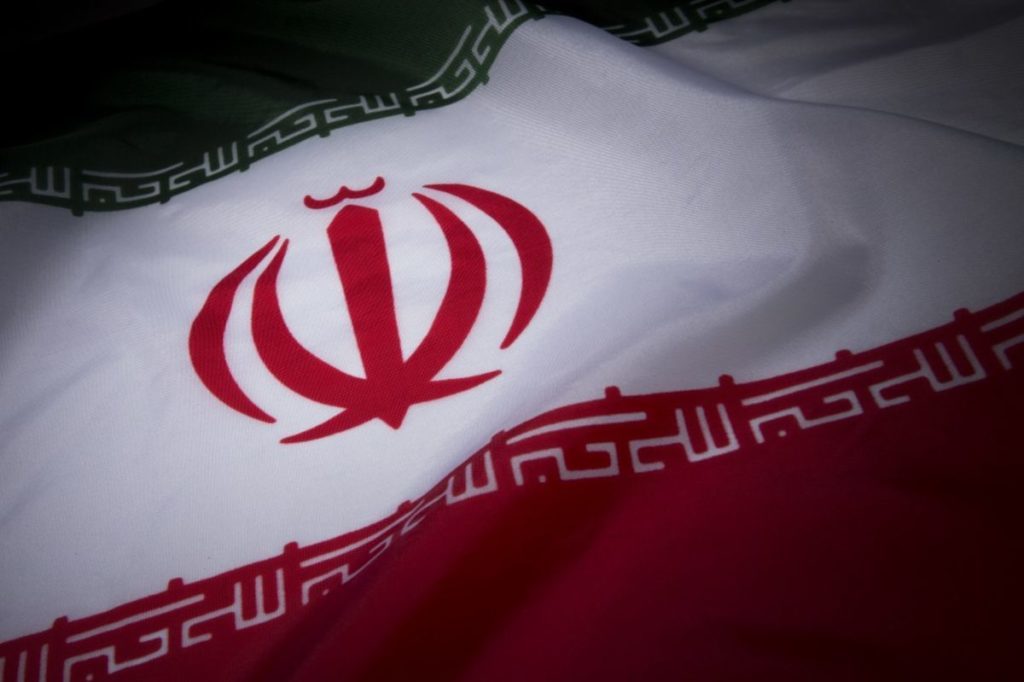
Oil held losses as a bearish U.S. crude inventory report weighed on prices while uncertainty loomed over the fate of the Iranian nuclear deal.
Futures in New York were little changed after a 1.9 percent drop on Tuesday. U.S. crude inventories rose 3.43 million barrels last week, the American Petroleum Institute was said to report. That compares with a 1.23 million-barrel gain forecast by analysts ahead of Wednesday’s government data. Meanwhile, whether President Donald Trump will pull the U.S. out of the Iran nuclear accord by the May 12 deadline and reimpose on sanctions on the Persian Gulf nation remained in doubt.
Oil rallied to a three-year high last month ahead of the decision on Iran by Trump and as conflicts in the Middle East heat up. While the U.S. continues pumping record amounts of crude, Goldman Sachs Group Inc. sees a “moderate” response to higher prices from American shale producers and an increasing likelihood that the Organization of Petroleum Exporting Countries and allies will extend their supply cuts through next year.
“After the rally in prices over the past week or two, it’s not surprising to seeing that sort of trend just trail off a bit,” Daniel Hynes, a senior commodities strategist at Australia & New Zealand Banking Group Ltd., said by phone from Sydney. Traders are awaiting clarity on the Iranian nuclear deal and geopolitical risks in the Middle East, he said.
West Texas Intermediate crude for June delivery rose as much as 40 cents to $67.65 a barrel on the New York Mercantile Exchange and traded at $67.52 at 1:10 p.m. in Tokyo. The contract dropped $1.32 to close at $67.25 on Tuesday. Total volume traded was about 48 percent below the 100-day average.
Brent crude for July settlement rose 7 cents to $73.20 a barrel on the London-based ICE Futures Europe exchange. Prices slid $1.56 to end the session at $73.13 on Tuesday. The global benchmark crude was at $5.81 premium to July WTI.
Futures for September delivery fell 0.7 percent to 441 yuan per barrel on the Shanghai International Energy Exchange. Trading on the bourse was closed on Monday and Tuesday for Chinese public holidays.
If the API’s stockpiles data is reflected in government data, it would be the biggest build since early March. The API was also said to show crude inventories in the American oil-storage hub of Cushing, Oklahoma rose by 725,000 barrels last week. Gasoline stockpiles increased 1.6 million barrels while distillate stocks declined 4.08 million barrels, according to the API.
The U.S. decision on the Iranian nuclear deal also remains in focus after Israeli Prime Minister Benjamin Netanyahu said earlier this week that his country has documents that prove Tehran had a secret nuclear weapons program. Iranian Foreign Minister Javad Zarif on Twitter called Netanyahu’s claims “a rehash of old allegations.” A re-imposition of sanctions could disrupt exports from Iran, which exported a record amount of crude last month.
While the oil market has already priced in a more than 50 percent probability that the U.S. won’t extend a waiver against Iran, there’s still “significant upside” should sanctions be reimposed, according to Standard Chartered Plc. The bank signaled it will boost its 2018 average Brent forecast by $4 to $75 a barrel if the deal lapses.
Other oil-market news:
American refineries are set to increase their intake of light, low-sulfur crude in the next few years as long as shale oil continues to drive growth in U.S. oil production. OPEC continues to over-deliver on its production cuts, with output falling further last month as the group nears its goal of rebalancing the oil market.
Recommended for you
